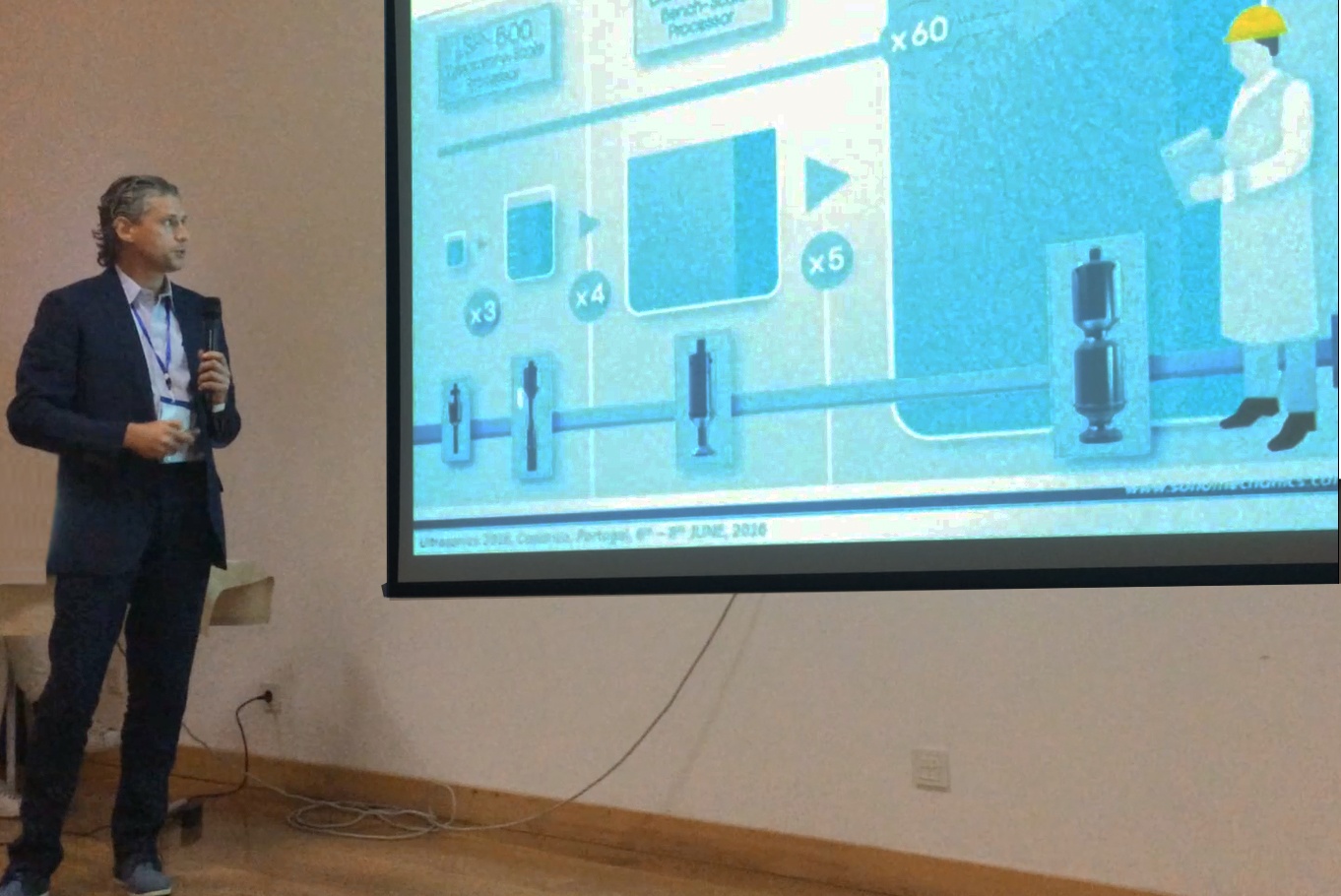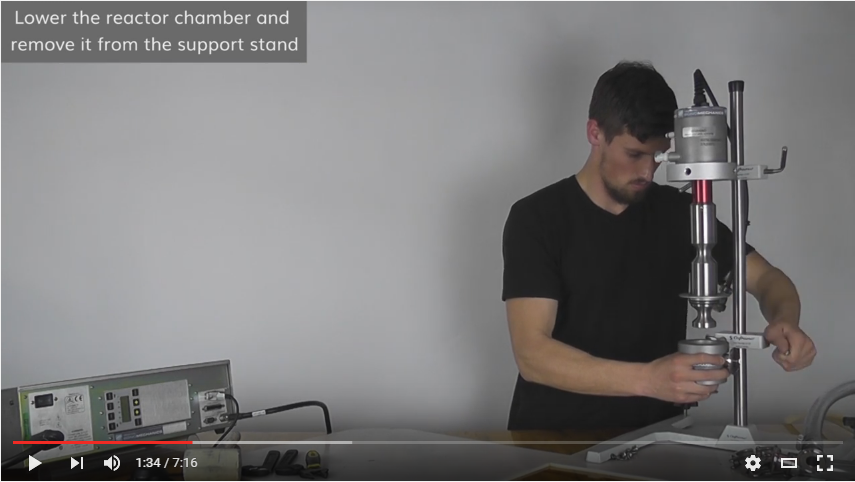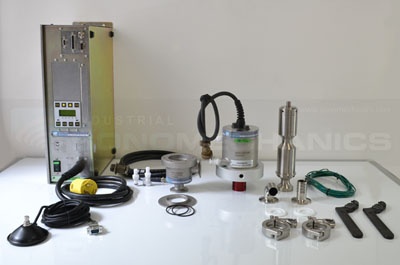Cannabinoids (CBD, THC, etc.) are hydrophobic (water-hating) oily substances and, as such, not water-soluble. They can, however, be formulated to be water-compatible and appear water-soluble.
The term "water-soluble CBD" has lately been extensively used throughout the medical cannabis industry. "Water-soluble" means able to homogeneously incorporate into water by separating into molecules or ions (dissolve like sugar, alcohol or salt). Oily substances, however, are repelled by water, which forces them to stay separate from it.
.jpg?width=1994&height=332&name=Logo%20Sonomechanics%20White%20No%20Shadow%20R_Final%20(1).jpg)










